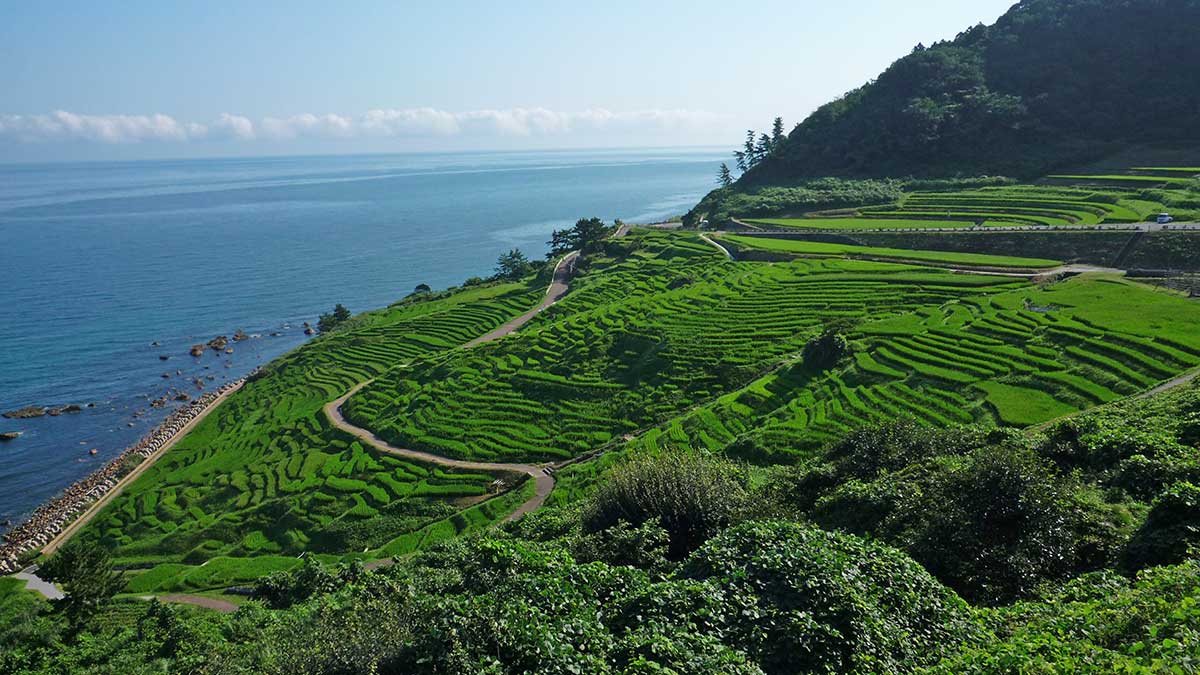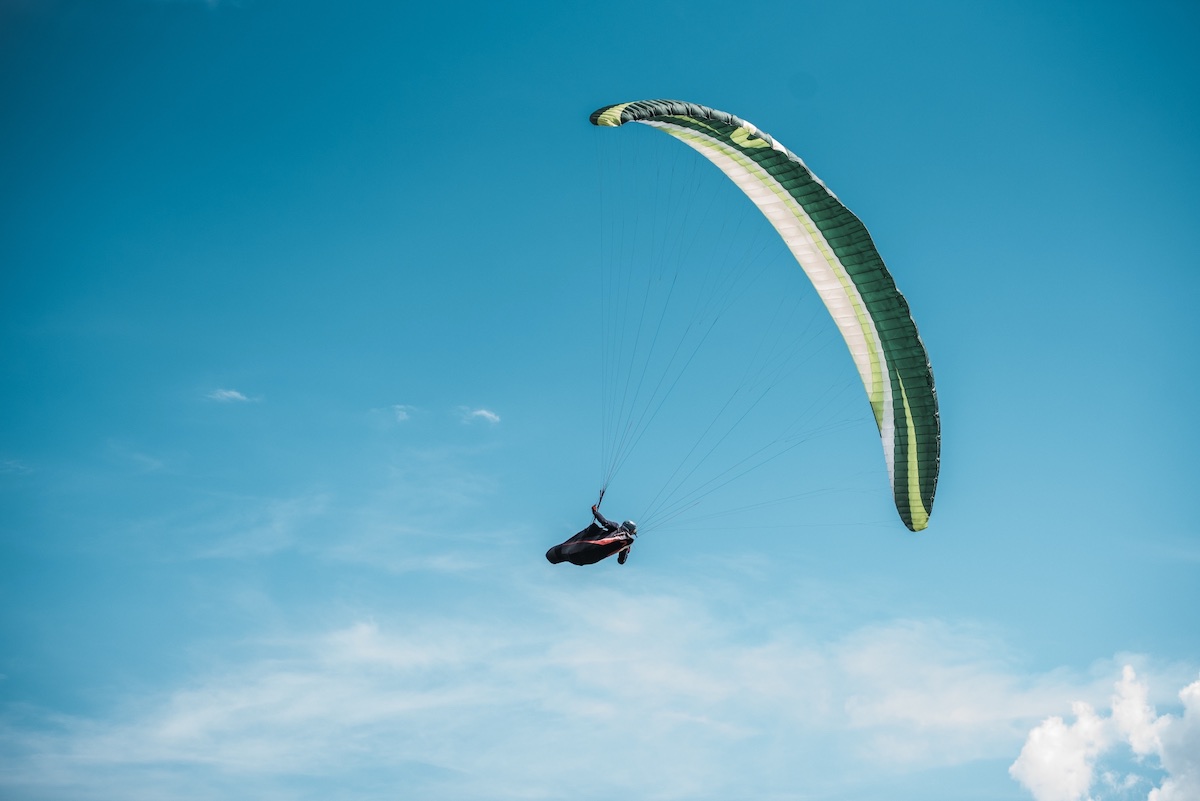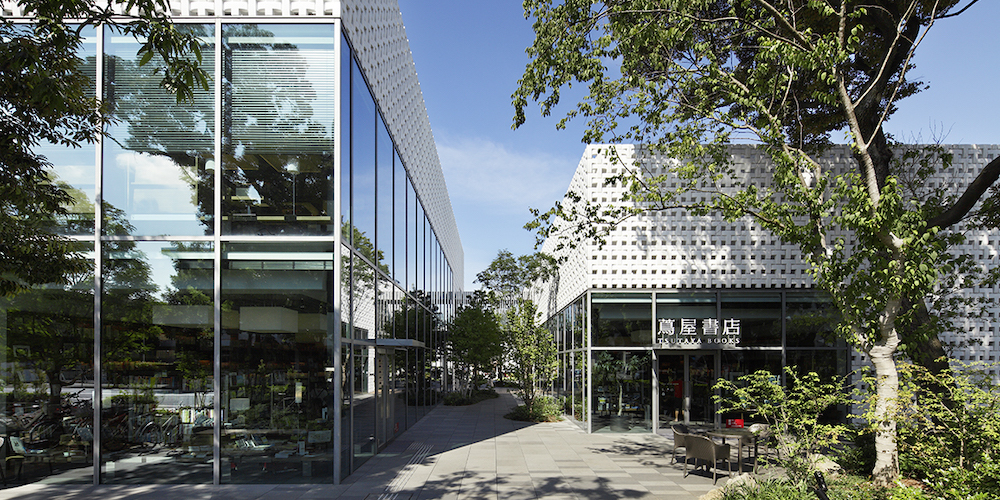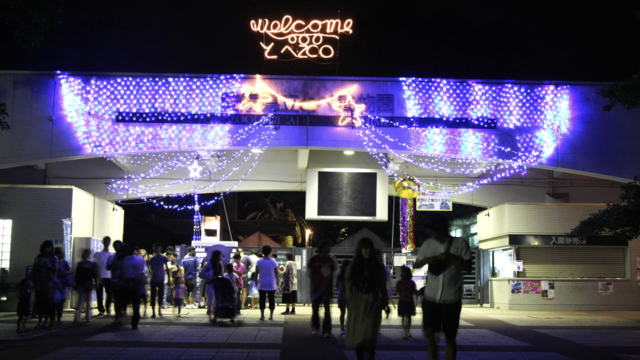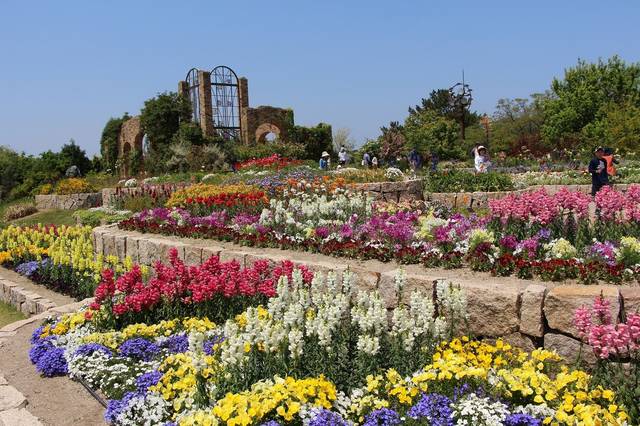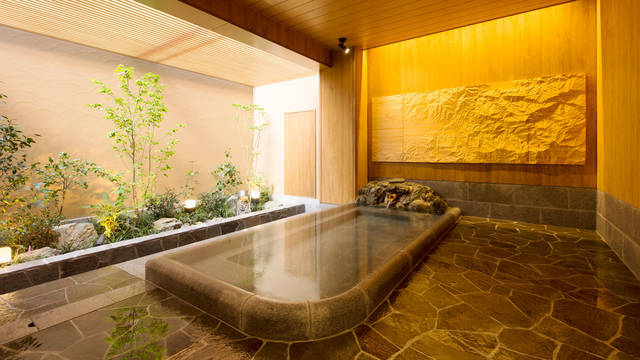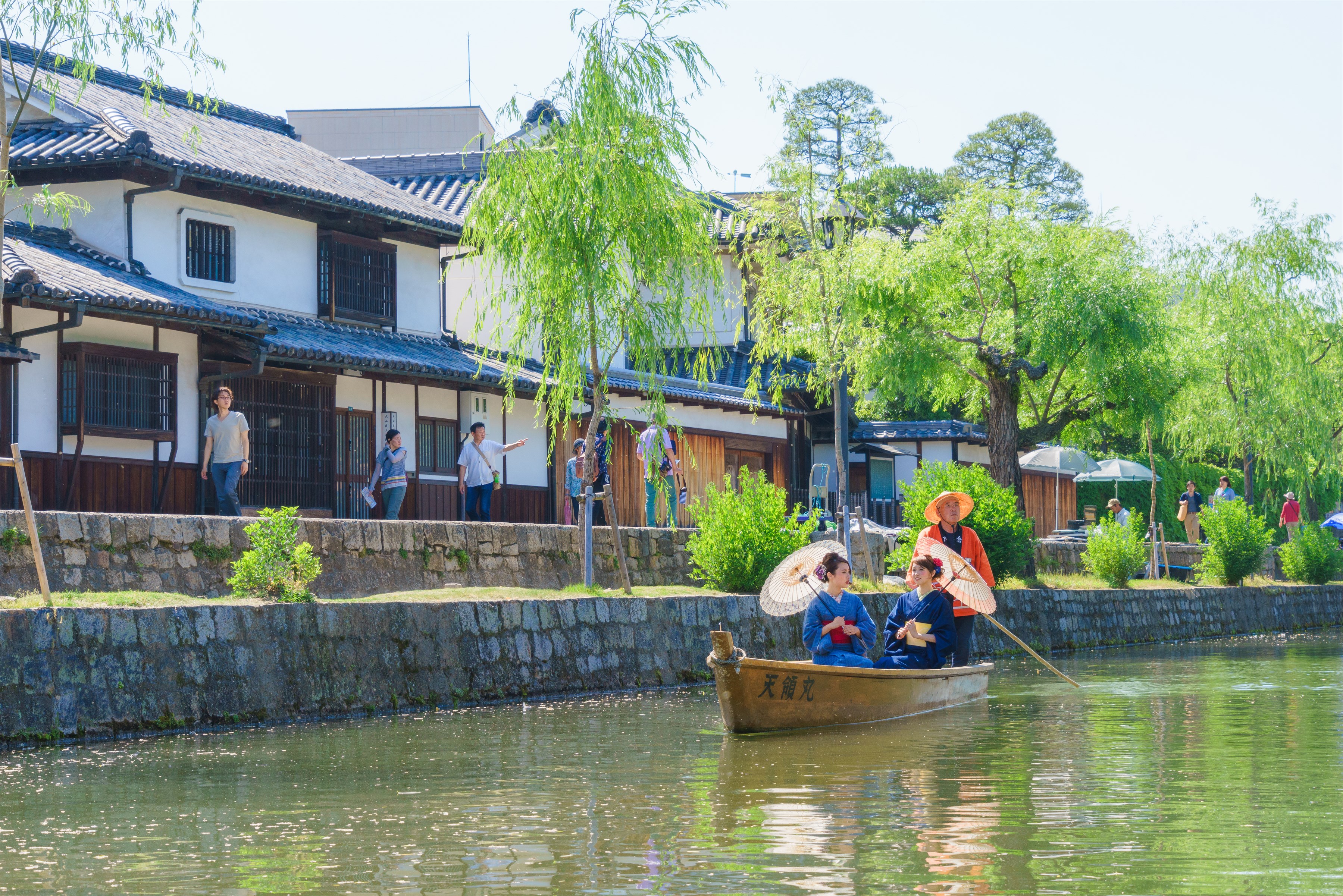Fantastic illuminations at the rice field terrace
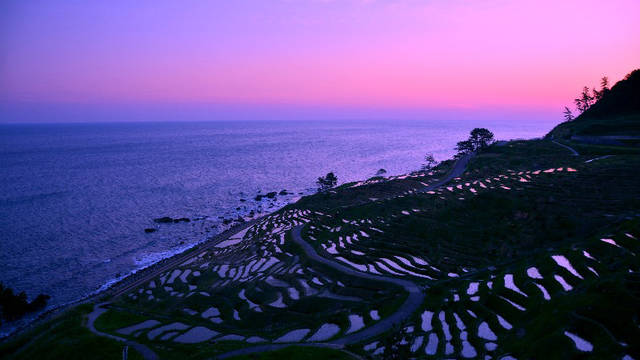
One of the most breathtaking views in this rice-loving country is a rice field terrace, known as “tanada” in Japanese. Shiroyone Senmaida, located in the Noto Peninsula, Ishikawa Prefecture, is known for having one of the best “tanada” sites. It’s worth the time and effort to see the stunning rice field view blending with the Japan Sea as well as the romantic light-up illuminations! The “tanada” is covered with 25,000 LED lights - Aze no Kirameki” - occurs from mid October to mid March.
Thousands of rice paddies facing the ocean
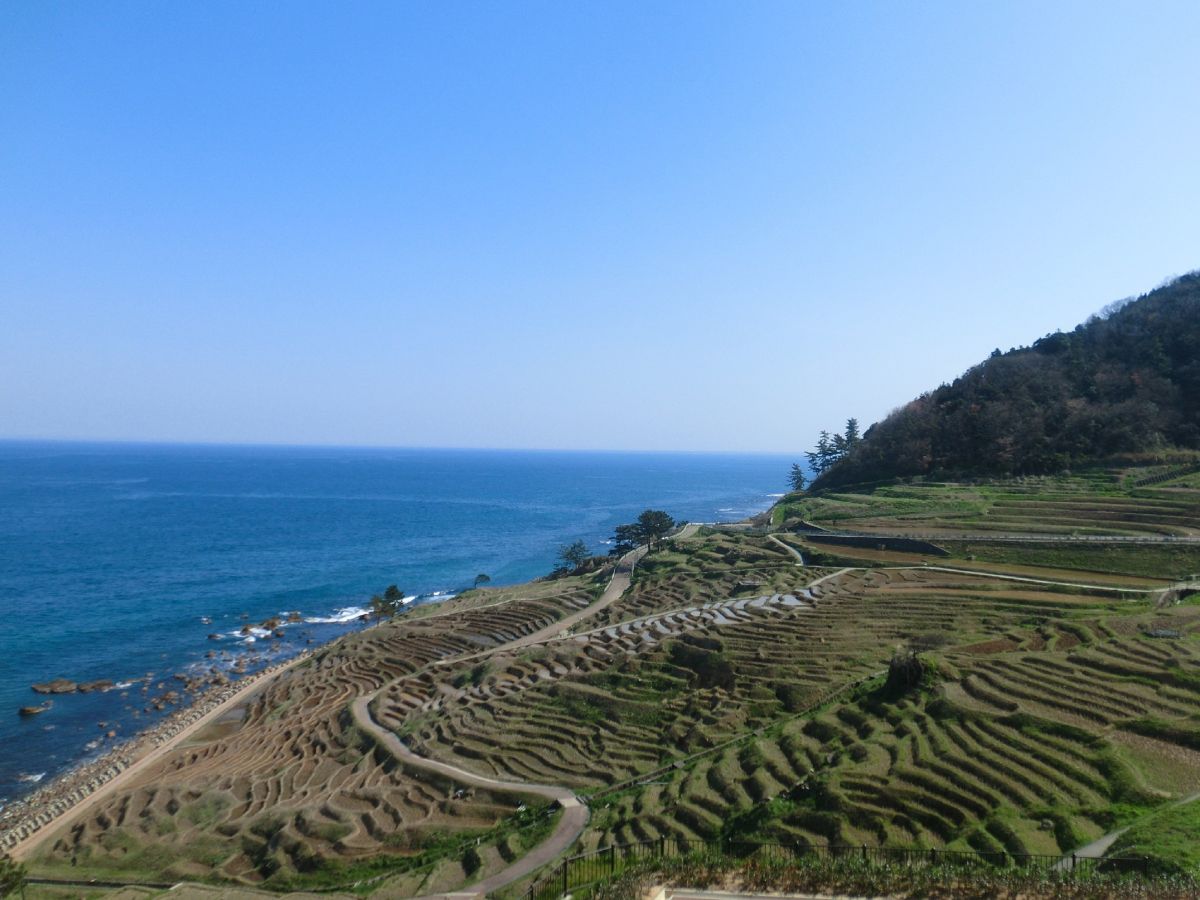
©輪島市交流政策部観光課
Facing the Japan Sea, Shiroyone Senmaida terraced rice field is located in the Noto Peninsula in Ishikawa Prefecture. It has 1,004 rice fields stacked in tiers over the ocean. You can see terraced rice fields built along the slope of the mountain or the valley often in the mountainous Japanese countryside, where agriculture has been prominent for thousands of years. These are known as “tanada”, which means “stair-like rice fields” in Japanese. However, the rice fields with thousands of small sections divided up are called “senmaida”, which literally means “a thousand of rice paddies”.
Over a long time, Japanese people created a landscape of “tanada” to grow as much rice as possible by keeping sun exposure and waterways in a limited area. Each section is approximately 20 square meters, however, the view of 1,004 small paddies occupying 4 hectare hill is simply breathtaking.
The current landscape in Shiroyone Senmaida is believed to have been formed sometime between the 17th and 19th century. Due to its unique, scenic beauty and its extensive history, Shiroyone Senmaida was registered as one of Japan’s Globally Important Agricultural Heritage System in 2011. It was designated as a “National Site of Scenic Beauty” by Japanese government in 2001, and also was selected as one of “Japan’s top 100 terraced rice fields” by Ministry of Agriculture, Forestry and Fisheries. Though there are several famous “senmaida” locations in Japan, Shiroyone Senmaida is truly one of the most stunning and unique spots.
Rice field terrace turns into wonderland – Aze no Kirameki
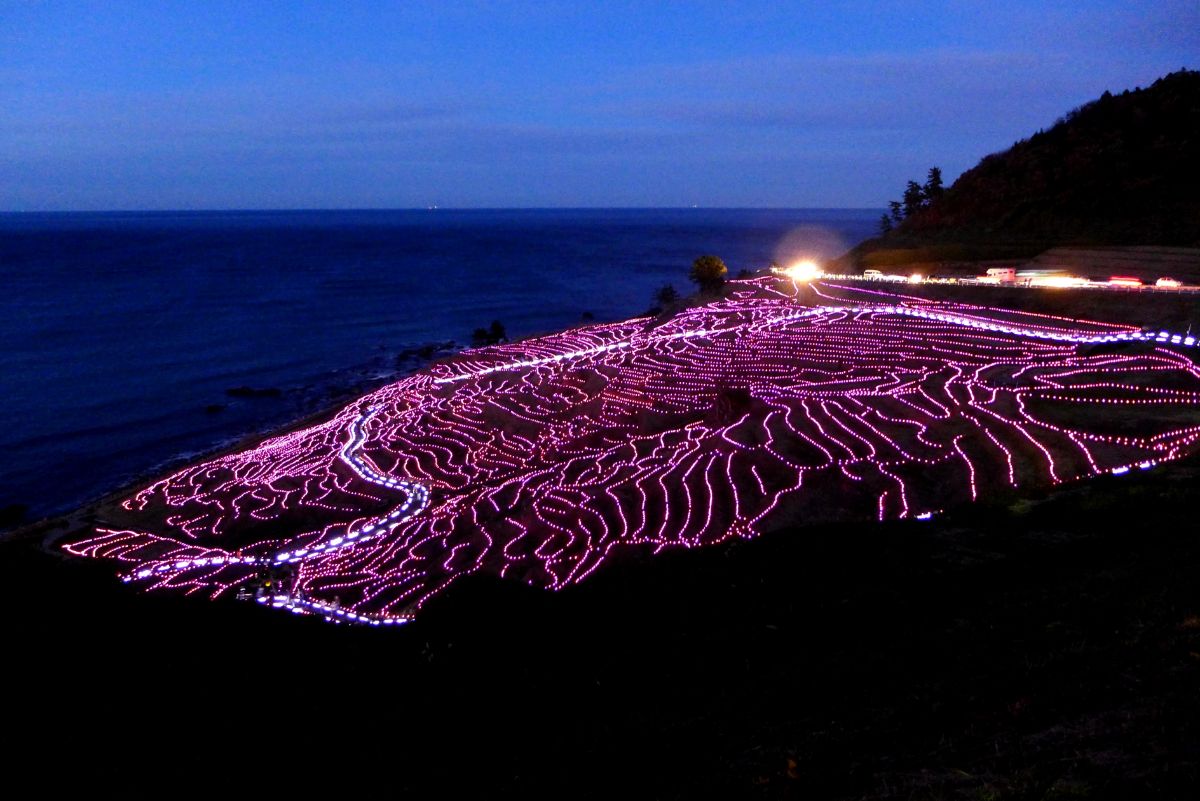
©輪島市交流政策部観光課
Romantic illuminations are undoubtedly one of the best things about winter in Japan. At Shiroyone Senmaida, the illumination event “Aze no Kirameki” is held in mid October to mid March. During this time, you’ll see the unique fusion of LED lights with solar technology and traditional Japanese scenery. After the sunset, 21,000 LED lights cover the terraced rice field, changing its colors every thirty minutes from pink to yellow, and even to gold.
The LED light here is very eco-friendly. As its name “PET botaru” represents (botaru=hotaru, meaning a firefly), each LED light is set in a PET bottle with a solar cell to generate the electricity for the light. Sensing the sunset, the light automatically turns on, and it also automatically turns off after for 4 hours.
To walk down along with the lights will lead you to a small rest area down the fields. Since it takes about 40 minutes to walk through the whole area, it might be a good idea to take a short break here before going up the hill to get back to the starting point.
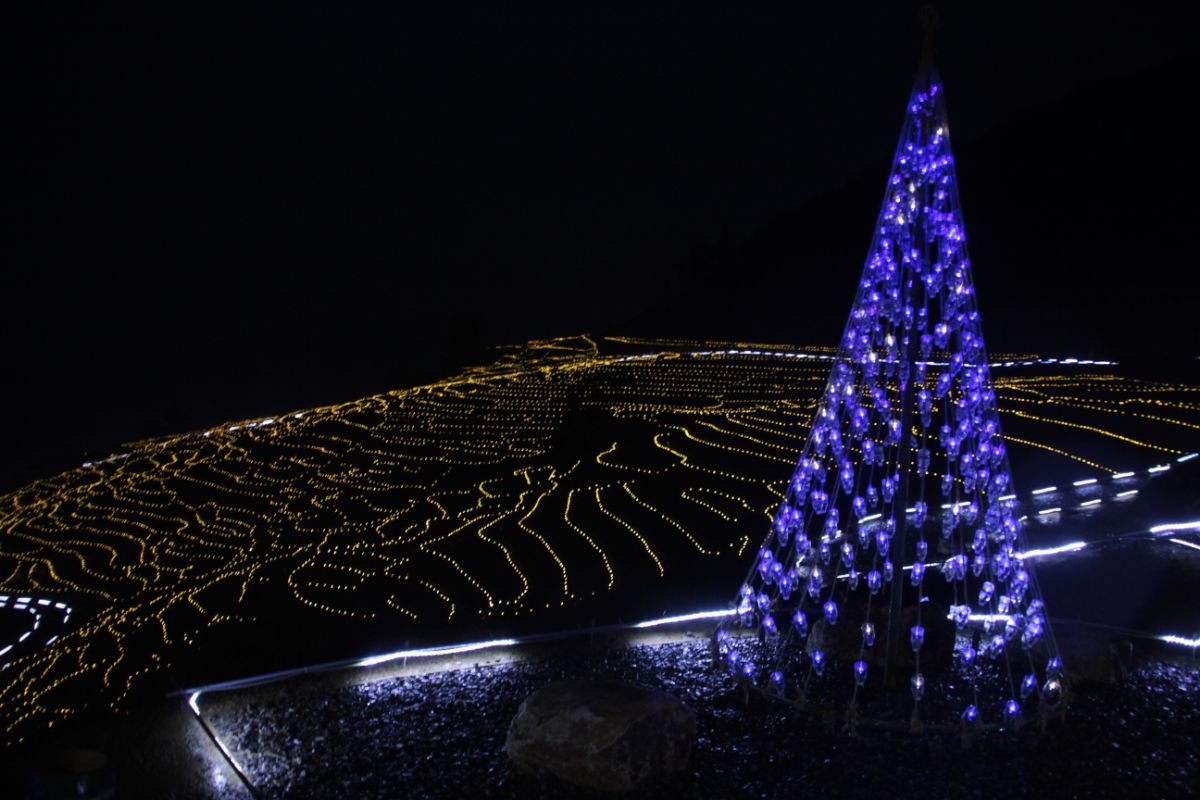
©輪島市交流政策部観光課
As Aze no Kirameki runs for half a year, it features some exciting events during this time. In December, it will display a lit-up Christmas tree for a month, and in February, the Valentine’s Day themed illuminations can be seen for a week.
The original scenery of Japan preserved in the Noto Peninsula
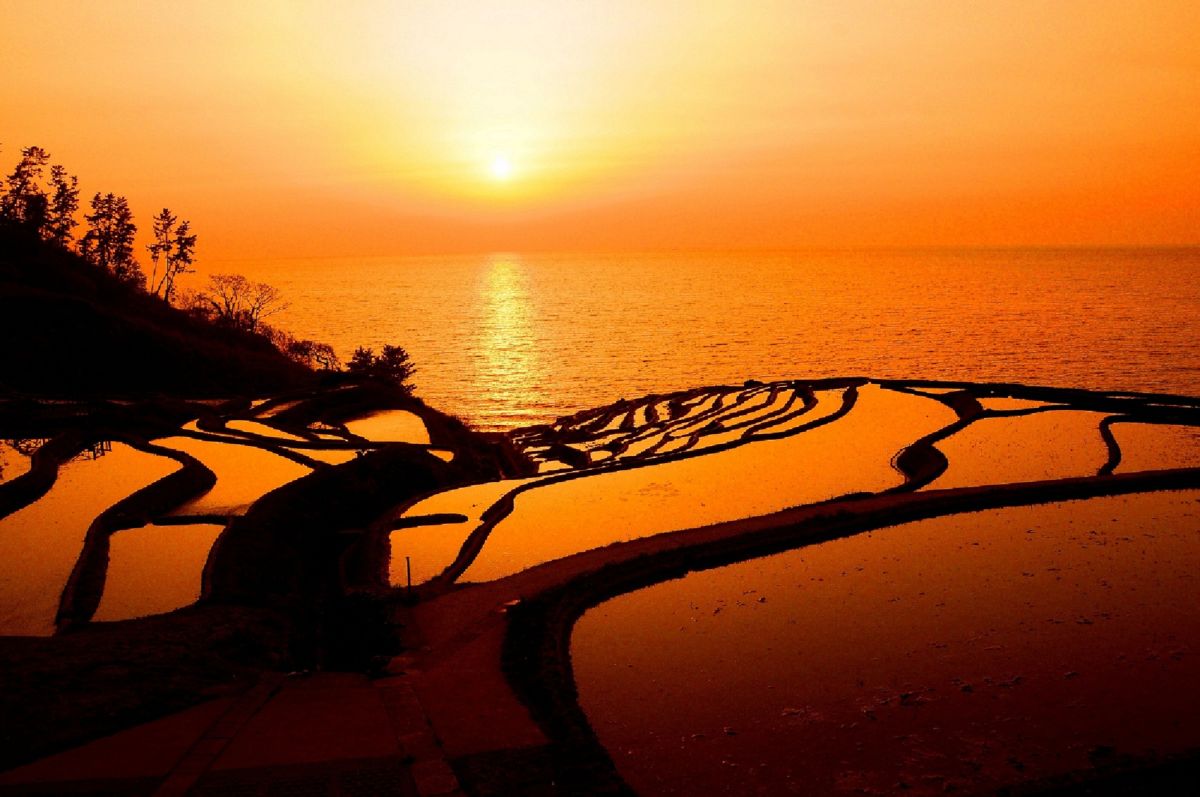
©輪島市交流政策部観光課
The view of Shiroyone Senmaida changes with the seasons. That’s why it’s a must visit place in Hokuriku, even without illuminations! From the end of April to the beginning of May, when the water is filled up in the fields, you’ll have the chance to capture the spectacular scenery of Shiroyone Senmaida. As if thousands of mirrors were placed on the slope, the surface of the water reflects the spring blue sky and the surrounding scenery during the daytime. But the most beautiful time is during the sunset, when orange dyes the entire place to create a spectacular sight.
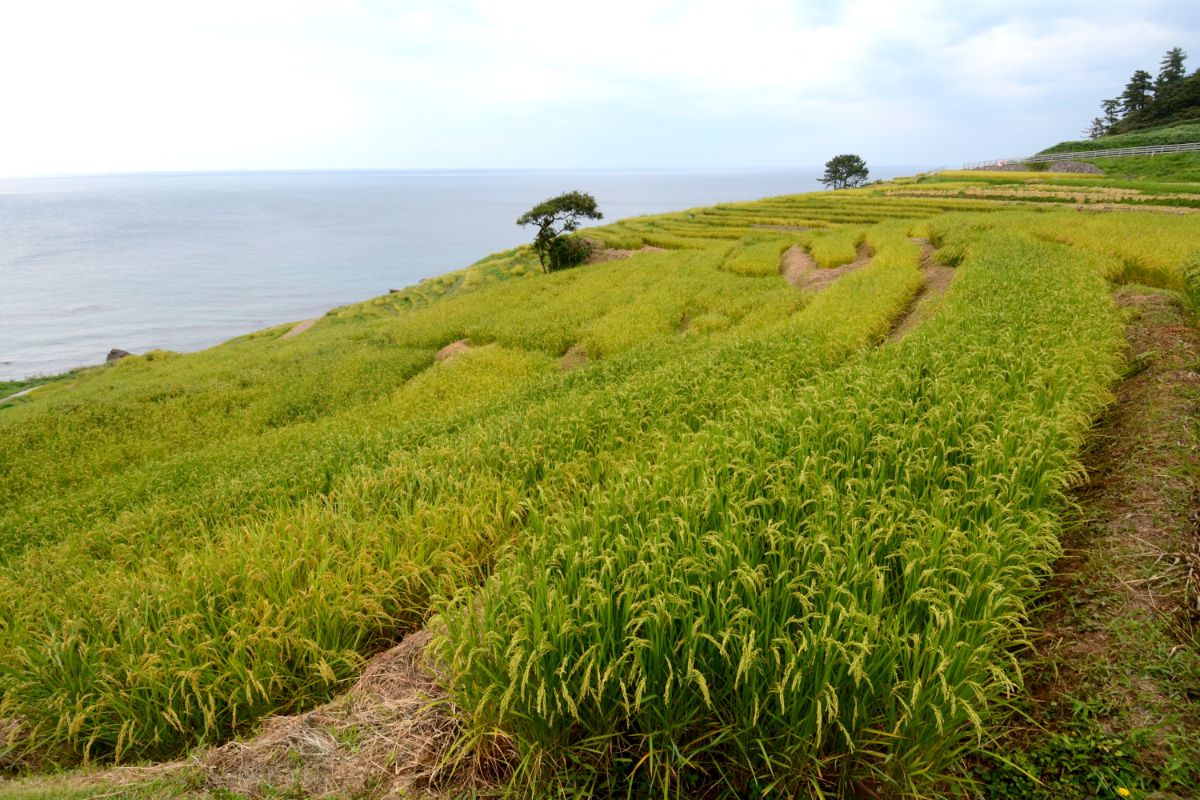
©輪島市交流政策部観光課
In summer, young ears of rice paint the whole area a vibrant green. Autumn is the time when the swaying ripe golden rice gives the people of Ishikawa a joyful harvest. Each seasonal scenery will offer you an idea of what early Japan looked like. Shiroyone Senmaida is at its quietest during the winter time, but, as mentioned already, there’s still plenty to enjoy.
Noto Peninsula: the perfect spot for a drive!

Getting to Shiroyone Senmaida may not be the simplest of journeys, but it’s definitely well worth the time and effort to go. From Tokyo it can take up to 6 hours to reach, and you’ll need to take a bullet train, an express bus and a local bus to make the journey. However, if you have an International or Japanese driver’s license, renting a car and driving up yourself would also make a lovely trip as the Noto Peninsula is the perfect spot for a drive!
On the west side of Shiroyone Senmaida, there is a roadside shop called “Michi no Eki Senmaida Pocket Park”. In Japan, these shops are a popular place to buy regional food and gifts. Although Senmaida Pocket Park is a small-scale Michi no Eki, you can take a rest, have meals and shop for locally grown food like any other Michi no Eki in Japan. There’s also an observatory where you can look over a magnificent view of Senmaida and the Japan Sea. There are not many places to eat and shop around Shiroyone Senmaida besides this Michi no Eki, unless you go to Suzu City in the east or the central of Wajima City in the west.
If you want to enjoy a drive, head for the east! You’ll see a beautiful coastline around Sosogi beach, a headland and a salt field village. If you want to see a historic cultural side of the Noto Peninsula, visit Kiriko Kaikan in Wajima City. You can see an array of “Kiriko” – a traditional festival lantern in the Noto area. From July to September, there are festivals featuring this lantern almost every weekend somewhere around the Noto Peninsula too. If you want to taste fresh seafood from the Japan Sea, visit the morning market street also located in Wajima City.
How to Visit?
First, you need to get to Kanazawa. Take the Hokuriku bullet train from Tokyo to Kanazawa - this will take about 2 and a half hours. After that take the Wajima express bus from Kanazawa station, and get off at Wajima Eki Mae stop. It takes about 2 hours. From there, take the Kitatetsu Okunoto bus Machino line and get off at Shiroyone Senmaida stop.
Address: Shirayone-cho, Wajima City, Ishikawa Prefecture 928-0256
Tel: 81(0)768-23-1146 (Wajimashi Tourists Office)
The Shiroyone Senmaida Rice Terraces are located in Wajima city (Ishikawa Prefecture) and are fac...
Reference List
http://www.natsuzora.com/dew/ishikawa/shiroyonesenmaida.html
http://senmaida.wajima-kankou.jp/about/
https://www.hot-ishikawa.jp/event/10881
http://ishikawa.fun/7336.html
Sponsored Links
Related Articles
Unmissable Tours
Expand your horizons by interacting with diversity. Take a look at guided tours on which you can connect personally with the guides and have truly extraordinary experiences.
Search
